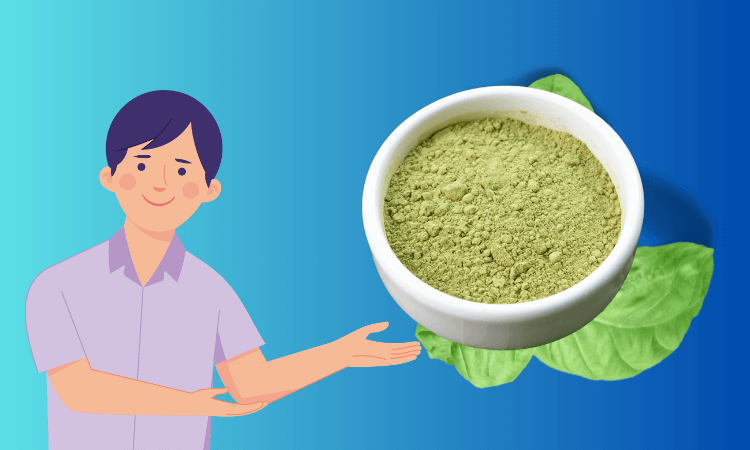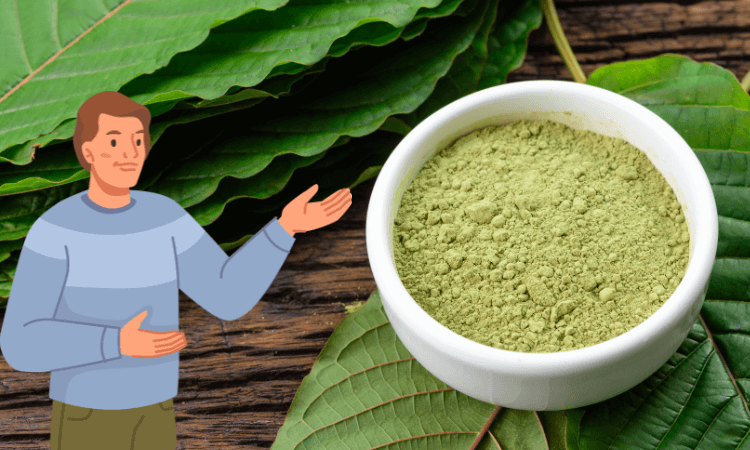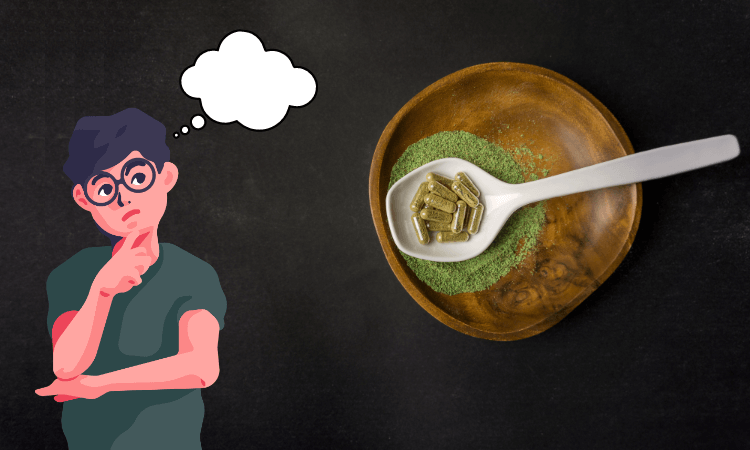Kratom Legal Status: Kratom is a popular herb known for its health benefits like pain relief, energy boosting, and mood enhancement. The Kratom (Mitragyna Speciosa) tree is specifically grown in Southeast Asian countries like Thailand, Malaysia, Indonesia, and Papua New Guinea.
Despite its numerous health benefits, using kratom is illegal in some countries. It’s because of the range of adverse health effects of using Kratom, including addiction, liver damage, and withdrawal symptoms. In this article, we are going to cover all the essential information about the legal status of kratom in different countries or regions. Understanding the kratom legal status will help you get along with the local laws and avoid legal repercussions. It can also help you to be aware of potential health risks and regulatory concerns associated with kratom use.
Federal Legal Status of Kratom:
The below information will help you understand the complex legal status of kratom in the U.S.
The U.S. Drug Enforcement Administration (DEA) and the Food and Drug Administration (FDA) have taken significant actions regarding kratom. The FDA does not approve kratom for any use. It is not approved to use as a drug product, dietary supplement, or food additive. The agency issued multiple risks related to kratom use. This includes, liver toxicity, seizures, and substance use disorder. FDA has also taken action to limit the availability of kratom products. Authorities are seizing shipments to prevent the sale of unapproved kratom products in the U.S.
In 2016, the DEA announced kratom as a Schedule I substance. This put kratom with drugs like heroin and LSD, stating kratom is unsafe to use and not accepted for medical use. This move was taken based on recommendations from the FDA. After this, DEA withdrew its notice because of the significant public outcry and opposition from scientists and legislators. This incident created the need for detailed research on kratom.
The Kratom Consumer Protection Act (KCPA) is a law that tries to control kratom at both the state and national levels. The KCPA aims to ensure that kratom products are safe to use by making rules for how to make, label, and sell kratom products. Several states have passed the act, the national law is suggested to make same rules all over the country. Introduced in 2023, the Federal Kratom Consumer Protection Act wants to make the Health and Human Services Secretary hold hearings and research on kratom. This limits the FDA’s power to restrict kratom. KCPA makes sure to protect people from kratom goods that could be harmful. The KCPA encourages more scientific research into kratom uses and safety.
State-by-State Legal Status Of Kratom:
- States Where Kratom is Legal:
Florida: Kratom is legal throughout the state. Except for Sarasota County, where local rules ban its sale and possession.
Georgia: Kratom is legal. This state passed the Kratom Consumer Protection Act (KCPA) to regulate its sale, ensuring product quality and safety.
Oregon: Kratom is legal with no significant restrictions. There are ongoing efforts to establish regulatory measures under the KCPA.
Texas: Kratom is legal statewide without any specific regulations or restrictions.
Several other states also permit the use of kratom without restrictions. These include California (except for local bans in cities like San Diego), Nevada, and Utah.
- States with Pending Regulations or Recent Changes:
Maryland: There are ongoing legislative efforts to regulate kratom under the KCPA.
Missouri: The state has seen recent legal activity to pass the KCPA. This will standardize kratom sales and safety measures across the state.
- States Where Kratom is Illegal:
Alabama: Kratom is banned due to concerns over its potential for abuse and health risks.
Arkansas: The state has prohibited the sale and possession of kratom, because of health concerns.
Indiana: Kratom is categorized as a synthetic drug, making its sale and use illegal.
Wisconsin: The state has banned kratom due to safety concerns.
Other states with bans include Rhode Island, Vermont, and a few others. Here local health authorities have raised concerns about the safety and possibility of misuse of kratom.
- States with Mixed or Uncertain Status:
Illinois: Kratom is legal statewide. Except in the city of Jerseyville, here kratom is banned because of local regulations.
Mississippi: Kratom is legal in most of the state. Several counties and cities, such as Union County and Monroe County, have passed local bans.
Rhode Island: Currently, kratom is illegal here. But there is a pending bill aimed at lifting the ban and regulating kratom under the KCPA.
Legal Status Of Kratom Outside the United States:
The legal status of kratom changes across the globe depending on regional viewpoints. In some countries using kratom is legal while in some countries it is illegal.
In Canada, it is legal to keep kratom but its marketing is illegal. Many European countries, such as Spain and the Netherlands, Kratom legalises the use of kratom and is widely available.
In Australia and New Zealand, importing or using kratom is illegal. These countries classify Kratom as a controlled substance
In Malaysia and Thailand, kratom is illegal. Malaysia bans Kratom under the Poisons Act. Even if Thailand has a history of traditional kratom use, it is now illegal to use kratom here.
In Europe the use of kratom is diverse. For example, Kratom is illegal in Denmark, Latvia, and Poland. While it is legal to use kratom in countries like Germany and Spain.
Notable Changes & Trends:
Several countries are still debating and trying to pass laws about Kratom’s legal status. Thailand has recently legalized kratom and may use it for traditional uses. Similarly, European countries are talking about controlling Kratom instead of banning it.
Factors Influencing the Legal Status Of Kratom:
1. Health and Safety Concerns:
One of the major factors influencing the legal status of kratom is health and safety concerns. Regulatory authorities like the FDA and DEA have shown the several side effects of using Kratom. Kratom can cause nausea, vomiting, constipation, and measure issues like liver damage, seizures, and respiratory depression. Mitragynine and 7-hydroxymitragynine contents in kratom can produce opioid-like effects. This has increased the concerns about the potential for abuse and addiction among users.
2. Advocacy and Opposition:
The American Kratom Association (AKA) is working to protect the protect consumers’ rights to access Kratom safely. They promote the Kratom Consumer Protection Act (KCPA), which aims to regulate Kratom products to ensure they are safe and free from adulterants. Agencies like the FDA, DEA, and addiction treatment professionals oppose Kratom’s use due to health risks.
Conclusion:
This is all about the legal status of kratom or you can say this is all we researched. In conclusion, it is important to understand that the legal status of kratom depends on the rules and regulations and can vary depending on the region or country.





